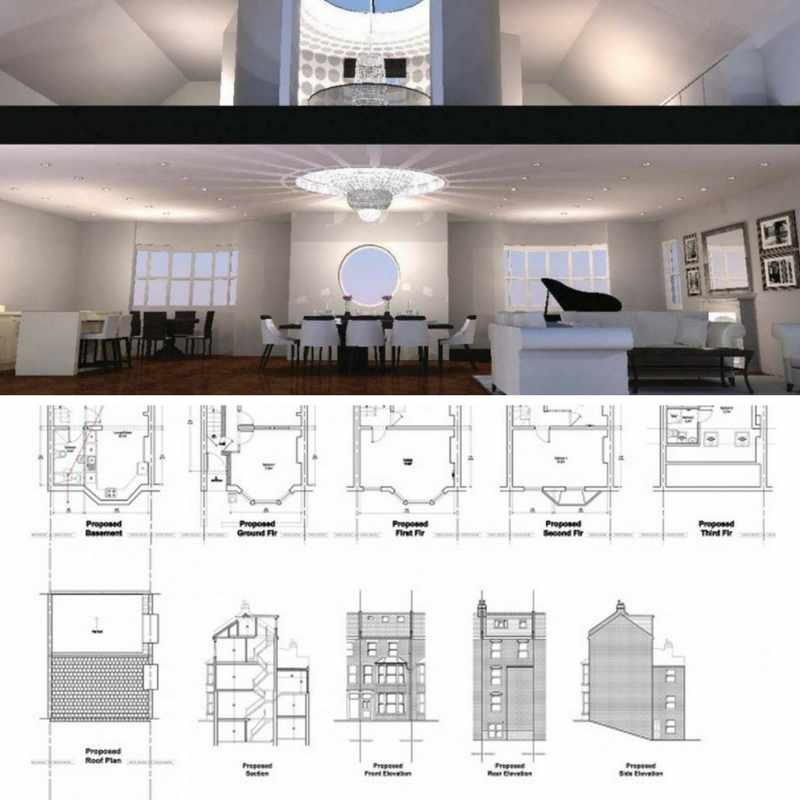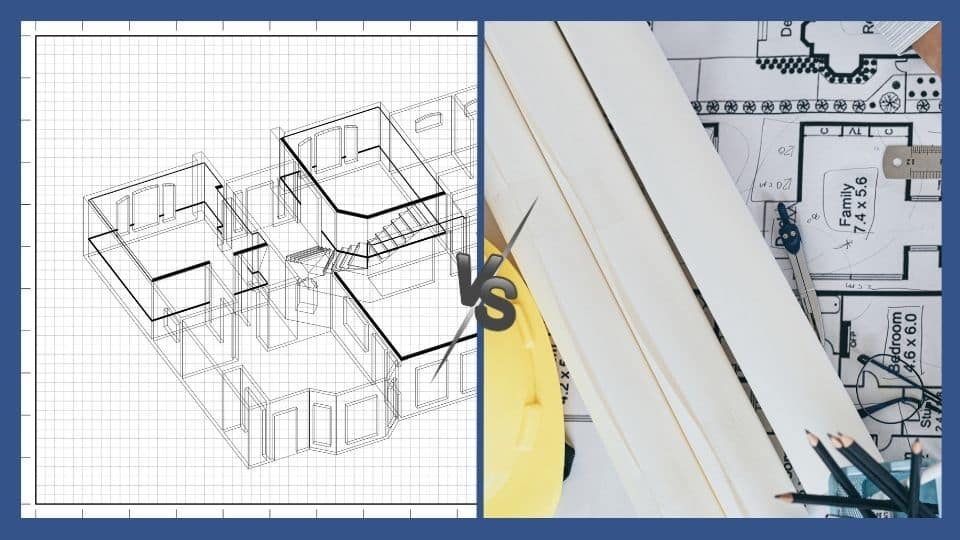Premier Winchester Design Expert for Unique Home Designs
Wiki Article
The Art of Balance: How Interior Design and Home Engineer Collaborate for Stunning Outcomes
In the realm of home style, striking an equilibrium in between aesthetics and functionality is no small accomplishment. This fragile stability is achieved through the unified partnership in between interior designers and designers, each bringing their special know-how to the table. Stay with us as we explore the intricacies of this collective procedure and its transformative influence on home design.Understanding the Core Distinctions In Between Interior Decoration and Home Architecture
While both Interior Design and home architecture play necessary duties in producing visually pleasing and practical areas, they are inherently various disciplines. Home architecture mostly concentrates on the architectural aspects of the home, such as constructing codes, security guidelines, and the physical construction of the space. It deals with the 'bones' of the framework, collaborating with spatial measurements, bearing walls, and roof layouts. On the various other hand, Interior Design is a lot more concerned with improving the sensory and aesthetic experience within that structure. It includes selecting and organizing furnishings, choosing shade systems, and including ornamental aspects. While they function in tandem, their roles, obligations, and areas of expertise diverge considerably in the production of a harmonious home setting.The Harmony In Between Home Style and Interior Decoration
The synergy in between home style and Interior Design exists in a shared vision of design and the improvement of functional aesthetics. When these 2 fields line up harmoniously, they can transform a home from regular to phenomenal. This cooperation requires a much deeper understanding of each self-control's concepts and the capacity to produce a cohesive, aesthetically pleasing atmosphere.Unifying Layout Vision
Linking the vision for home design and indoor style can create an unified living space that is both practical and visually pleasing. It advertises a collaborating method where architectural elements complement interior style components and vice versa. Thus, unifying the layout vision is essential in blending design and indoor style for spectacular outcomes.Enhancing Functional Visual Appeals
How does the harmony between home design and Interior Design enhance practical aesthetic appeals? This harmony allows the production of spaces that are not just aesthetically attractive but additionally conveniently functional. Engineers lay the groundwork with their structural style, making certain that the space is reliable and practical. The interior designer after that matches this with meticulously picked aspects that improve the appearances without endangering the functionality. This harmonious partnership can cause homes that are both attractive and liveable. An engineer may make a house with high ceilings and huge windows. The interior developer can then highlight these attributes with large curtains and tall plants, respectively, thus improving the aesthetic allure while keeping the functional advantages of natural light and spaciousness.Significance of Cooperation in Creating Balanced Spaces
The collaboration between interior designers and architects is crucial in creating balanced spaces. It brings consistency in between design and architecture, offering birth to rooms that are not only visually pleasing however likewise functional. Checking out effective collaborative methods can give insights right into how this synergy can be properly achieved.Integrating Layout and Design
Equilibrium, a crucial element of both indoor layout and design, can only genuinely be attained when these 2 areas work in consistency. This collaborative procedure results in a cohesive, balanced layout where every element has a purpose and contributes to the total aesthetic. Integrating design and style is not just about creating gorgeous spaces, yet concerning crafting rooms that function perfectly for their occupants.Successful Collaborative Strategies

Situation Studies: Effective Integration of Style and Style
Analyzing numerous instance researches, it becomes obvious how the successful assimilation of Interior Design and architecture can change a space. The Glass House in Connecticut, renowned for its minimalistic style, is one such instance. Architect Philip Johnson and indoor developer Mies van der Rohe worked together to create an unified equilibrium in between the inside and the structure, leading to a smooth flow from the outside landscape to the internal living quarters. Another prototype is the Fallingwater Home in Pennsylvania. Engineer Frank Lloyd Wright and indoor designer Edgar Kaufmann Jr.'s joint initiatives cause a stunningly distinct house that mixes with its natural environments. These situation studies highlight the profound impact of an effective style and architecture partnership.
Overcoming Obstacles in Design and Design Collaboration
Despite the indisputable advantages of a successful collaboration in between Interior Design and style, it is not without its challenges. Interaction problems can occur, as both parties may utilize various terms, understandings, and strategies in their job. This can lead to misunderstandings and hold-ups in job completion. One more significant obstacle is the harmonizing act of visual appeals and performance. Architects might prioritize architectural integrity read more and safety and security, while developers concentrate on comfort and design. The integration of these purposes can be intricate. Additionally, budget plan and timeline restrictions commonly add pressure, possibly causing breaks in the collaboration. Efficient interaction, shared understanding, and concession are essential to overcome these challenges and attain a successful and harmonious collaboration.
Future Trends: The Developing Partnership In Between Home Architects and Inside Designers
As the globe of home style continues to develop, so does the partnership in between designers and interior developers. The pattern leans in the direction of a much more incorporated and collective technique, damaging totally free from standard duties. Designers are no longer solely focused on architectural honesty, but also engage in boosting visual allure - Winchester architect. On the other hand, interior developers are embracing technological aspects, affecting general design and performance. This advancing symbiosis is driven by developments in technology and the growing need for rooms that are not just aesthetically pleasing yet sustainable and also useful. The future guarantees a much more cohesive, ingenious, and adaptive strategy to home layout, as designers and designers continue to obscure the lines, promoting a partnership that truly personifies the art of balance.Verdict
The art of equilibrium in home layout is accomplished with the unified collaboration between interior developers and architects. An understanding of each various other's techniques, effective interaction, and shared vision are crucial in developing visually stunning, useful, and welcoming spaces. Regardless of challenges, this collaboration promotes development and innovation in style. As the relationship between home engineers and interior developers develops, it will certainly proceed to shape future patterns, boosting convenience, performance, and individual expression in our home.While both interior style and home design play crucial duties in producing aesthetically pleasing and practical spaces, they are naturally different disciplines.The synergy in between home architecture and interior style exists in a common vision click here of style and the enhancement of functional appearances.Merging the vision for home architecture and interior style can create a harmonious living room that is both useful and cosmetically pleasing. Hence, unifying the layout vision is vital in blending design and interior layout for sensational results.
Just how does the harmony in between home style and indoor style improve practical aesthetic appeals? (Winchester architect)
Report this wiki page